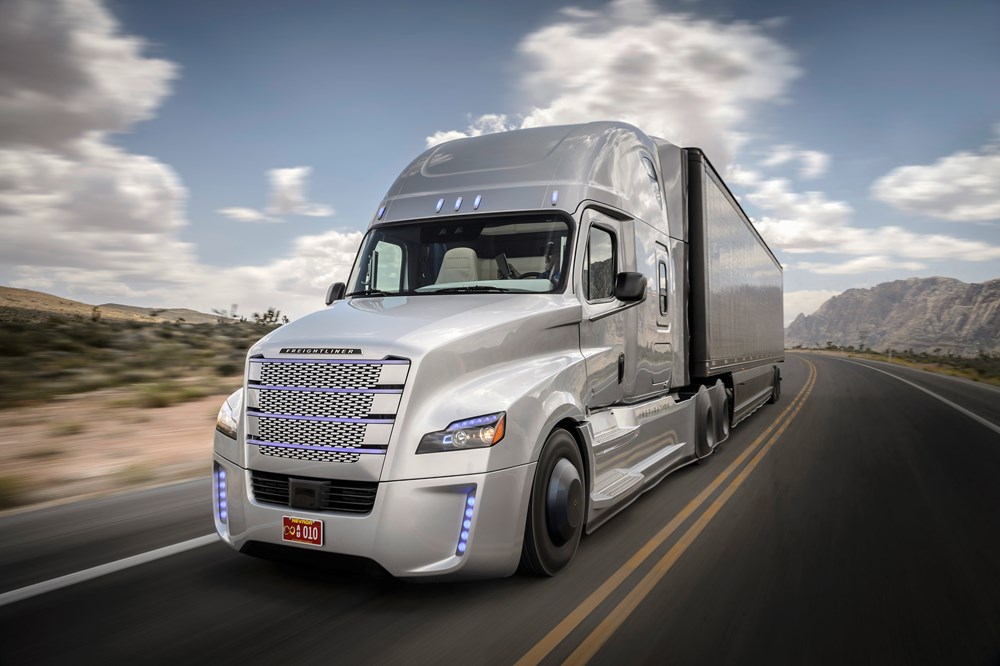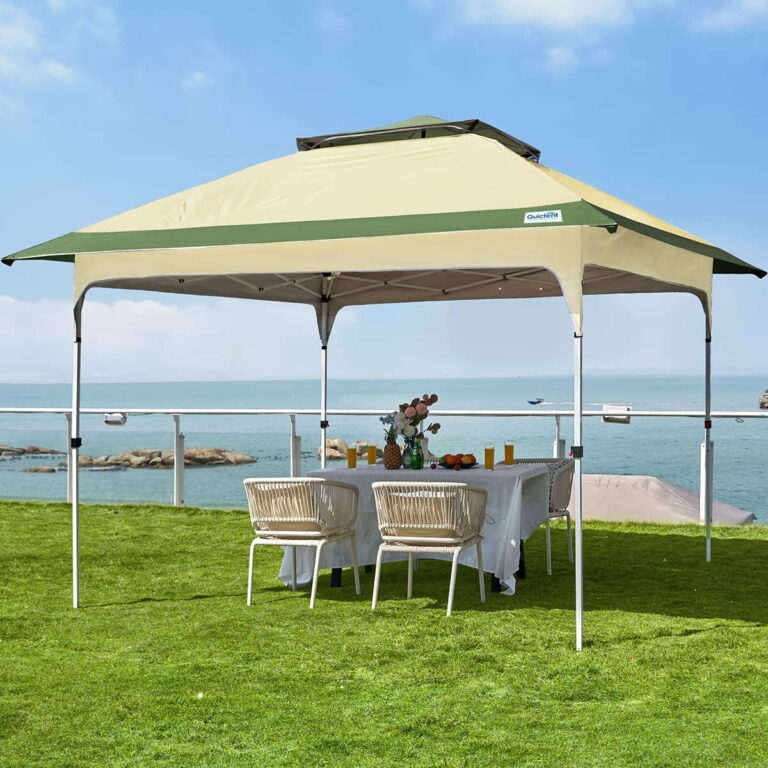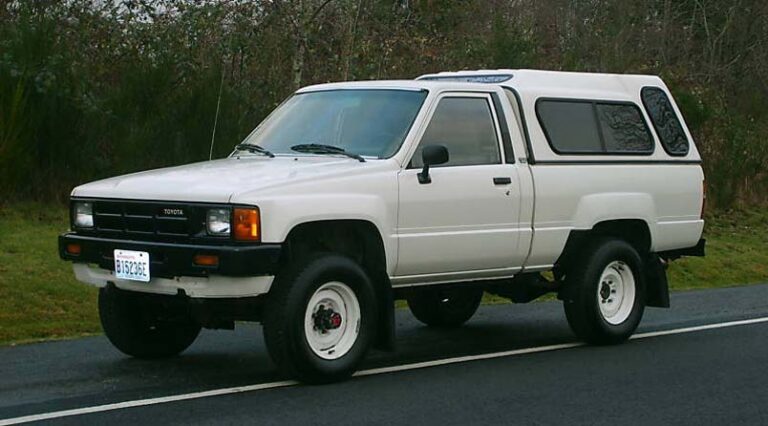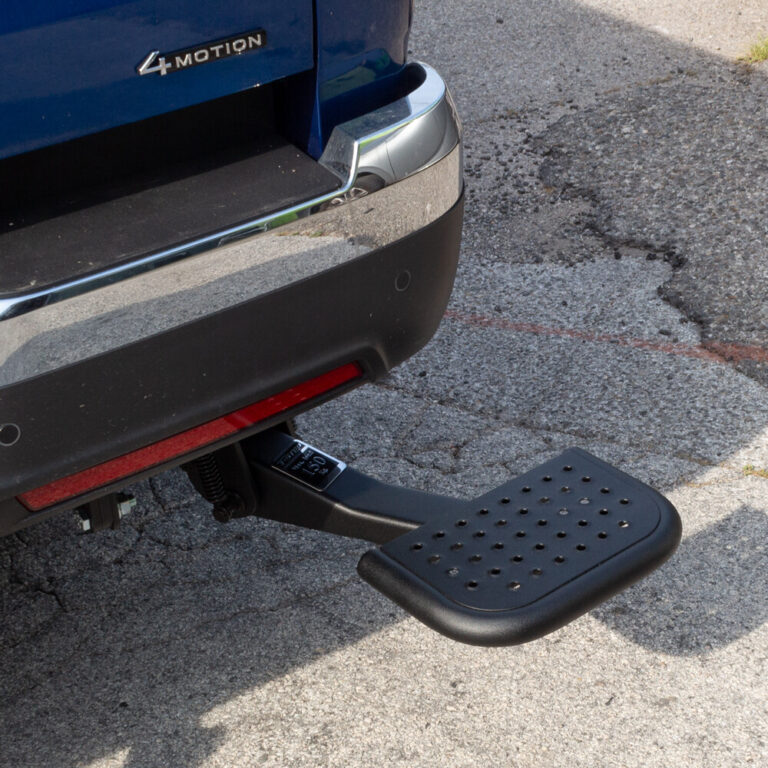Will A Truck Cap Off A Chevy Colorado Fit A Chevy Silverado With The Same Size Bed? The Definitive Guide
Will A Truck Cap Off A Chevy Colorado Fit A Chevy Silverado With The Same Size Bed? The Definitive Guide cars.truckstrend.com
The prospect of reusing automotive accessories, especially something as substantial and often expensive as a truck cap, is undeniably appealing. For truck owners, the idea of transferring a perfectly good cap from one vehicle to another, particularly between models from the same manufacturer, like a Chevy Colorado and a Chevy Silverado, seems like a logical and economical move. If both trucks are advertised with, for instance, a "5-foot bed" or a "6-foot bed," surely the cap should simply fit, right?
Unfortunately, the reality is far more complex than a simple bed length measurement. While both the Chevy Colorado (a mid-size truck) and the Chevy Silverado (a full-size truck) may offer similar advertised bed lengths, the intricate design, dimensions, and contours of their respective truck beds and cabs differ significantly. This article will thoroughly explore why a truck cap designed for a Chevy Colorado is highly unlikely to fit a Chevy Silverado, even if they share the "same size bed" specification, providing a comprehensive guide to understanding truck cap compatibility.
Will A Truck Cap Off A Chevy Colorado Fit A Chevy Silverado With The Same Size Bed? The Definitive Guide
Understanding Truck Bed Dimensions and Design: Beyond Just Length
When we talk about a truck bed’s "size," most people instinctively think of its length – typically 5, 6, or 8 feet. However, a truck cap isn’t just a rectangular box; it’s a precisely engineered accessory designed to integrate seamlessly with a specific truck model. This integration goes far beyond simple length measurements and encompasses several critical dimensions and design elements:
- Bed Rail Width: This is the distance between the inner edges of the truck bed rails. Caps sit directly on these rails and must match this width precisely to create a secure, watertight seal.
- Bed Rail Height: The vertical height of the bed rails from the bed floor can vary between models. This affects how the cap sits and whether it creates an even surface.
- Cab-to-Bed Contour: Truck caps are often designed to flow aesthetically and aerodynamically with the specific curvature and height of the truck’s cab. A mismatch here can lead to unsightly gaps, poor seals, and even whistling at highway speeds.
- Tailgate Design: The rear of the cap typically integrates with the tailgate, providing a seal when closed. Different tailgate designs, widths, and contours mean a cap designed for one truck may not seal properly with another’s tailgate.
- Bulkhead (Front of Bed) Contour: The front wall of the truck bed, known as the bulkhead, also has a specific shape and angle that the cap must conform to for a snug fit.

Mid-size vs. Full-size: The Fundamental Difference:
The most crucial distinction here is that the Chevy Colorado is a mid-size truck, while the Chevy Silverado is a full-size truck. This classification isn’t just about engine power or overall presence; it dictates fundamental chassis and body dimensions. Full-size trucks like the Silverado are inherently wider and often have different body lines compared to their mid-size counterparts like the Colorado.
The Critical Fitment Factors: Why Compatibility is a Challenge
Given the detailed design of truck beds, here are the primary reasons why a cap from a Chevy Colorado will almost certainly not fit a Chevy Silverado, even if their advertised bed lengths are identical:

- Bed Rail Width is King: This is the most significant hurdle. A Silverado’s truck bed is considerably wider than a Colorado’s bed. A cap designed for the narrower Colorado bed would be too narrow for the Silverado, leaving significant, unavoidable gaps along the bed rails. These gaps would make the cap useless for protection against weather and theft.
- Cab-to-Bed Mismatch: The cab of a Silverado is wider and often has a different roofline and rear window angle compared to a Colorado. A Colorado cap, designed to align with its narrower cab, would look disproportionate and fail to seal properly against the Silverado’s cab, creating large air gaps at the front of the cap.
- Varying Bed Rail Heights and Contours: Even subtle differences in the height or the specific curvature of the bed rails will prevent a perfect seal. This leads to water leaks, dust intrusion, and an unstable mounting surface for the cap clamps.
- Tailgate Incompatibility: The width and design of the Silverado’s tailgate are different from the Colorado’s. A cap’s rear door and seal are engineered to mate perfectly with a specific tailgate, meaning a Colorado cap’s rear section wouldn’t properly seal or lock with a Silverado’s tailgate.
- Generational Differences: It’s also important to note that even within the same model line (e.g., a 2010 Colorado vs. a 2020 Colorado, or a 2015 Silverado vs. a 2023 Silverado), manufacturers often tweak bed dimensions, rail designs, and cab contours with each new generation. This means a cap from an older Colorado might not even fit a newer Colorado of the same "bed size," let alone a completely different model like the Silverado.

Why a Colorado Cap Likely Won’t Fit a Silverado (Even with "Same Size Bed")
To put it plainly: a truck cap from a Chevy Colorado will almost certainly NOT fit a Chevy Silverado, regardless of the advertised bed length.
Imagine trying to put a tailored suit jacket designed for a slim person onto a much broader individual. While the arm length might be similar, the jacket would be far too narrow across the shoulders and chest. This analogy perfectly illustrates the issue with truck caps. The Silverado’s bed is simply too wide for a Colorado cap. Even if you could physically set the cap on the Silverado’s rails, it would sit precariously, leaving gaping holes along the sides, making it entirely ineffective for its intended purpose of protecting cargo from weather and theft.
Potential Consequences of Forcing a Fit
Attempting to force a mismatched truck cap onto your vehicle can lead to a host of problems:
- Poor Weather Sealing: The most immediate consequence is a lack of a watertight and dust-proof seal. Your cargo will be exposed to rain, snow, and dust, defeating the primary purpose of having a cap.
- Compromised Security: An ill-fitting cap is easily pried open or lifted, offering little to no security for your belongings.
- Aesthetic Displeasure: The cap will look awkward, disproportionate, and clearly out of place, diminishing your truck’s appearance.
- Damage to Cap or Truck: Forcing the fit or attempting to modify the cap could damage the cap itself, the truck’s bed rails, or the paintwork.
- Safety Hazard: A cap that isn’t properly secured due to poor fitment could shift, rattle, or even detach at highway speeds, posing a significant safety risk to you and others on the road.
- Reduced Resale Value: Both the cap and potentially the truck could suffer a hit in resale value if modifications or damage occur due to an improper fit.
Practical Advice for Truck Cap Ownership
When it comes to truck caps, precision is paramount. Here’s practical advice for ensuring you get the right fit:
- Measure, Measure, Measure (But Don’t Rely Solely on It): While knowing your bed’s exact length, width, and rail height is good, the best approach is to confirm compatibility by specific vehicle make, model, and year.
- Vehicle-Specific Design is Key: Always purchase a truck cap that is explicitly designed for your truck’s exact make, model, year, and bed length. Manufacturers like Leer, ARE, SnugTop, and others produce caps tailored to thousands of specific truck configurations.
- Utilize Manufacturer Resources: Truck cap manufacturers and authorized dealers have detailed fitment guides. Provide them with your truck’s year, make, model, and bed length (e.g., 2023 Chevy Silverado, Crew Cab, 6.5-foot bed) to ensure you get the correct part number. Your VIN can also be helpful.
- Consider New vs. Used: While a used cap can save money, the same strict fitment rules apply. Do not assume a used cap will fit unless you have verified its exact original vehicle application and it matches your truck perfectly.
- Professional Installation: Investing in professional installation ensures the cap is properly sealed, clamped, and wired (if it has interior lights or power locks). This maximizes its functionality, security, and longevity.
- Regular Maintenance: Once installed, regularly check the clamps for tightness and inspect the seals for any cracks or wear to prevent leaks.
Alternatives to Reusing a Mismatched Cap
If you’re upgrading from a Colorado to a Silverado and have a cap, the most practical solution is:
- Sell the Colorado Cap: List it on online marketplaces or local classifieds. A cap in good condition will likely find a buyer who owns a compatible Colorado.
- Invest in a New (or Correctly Used) Silverado Cap: Purchase a cap specifically designed for your new Silverado. This ensures perfect fitment, proper sealing, security, and aesthetics.
- Explore Other Bed Cover Options: If a full cap isn’t essential, consider a tonneau cover (roll-up, tri-fold, hard, or soft). These offer different levels of security and weather protection but are generally less expensive and often easier to install.
Table: Truck Cap Compatibility Factors and Their Implications
Understanding why a Colorado cap won’t fit a Silverado boils down to specific dimensional differences. This table summarizes the critical factors:
| Factor | Description | Typical Difference (Colorado vs. Silverado) | Impact on Fitment | Recommendation/Outcome |
|---|---|---|---|---|
| Bed Width (Rail-to-Rail) | The most crucial dimension; distance between bed rails. | Silverado beds are significantly wider (e.g., 4-6+ inches). | Cap will be too narrow, leaving large, unavoidable gaps on the sides. | Major Mismatch: Unusable for weather protection or security; looks severely out of place. |
| Bed Rail Height | Vertical height of the bed rails from the bed floor. | Can vary; Silverado rails may be slightly higher or lower. | Uneven pressure, difficulty in clamping securely, potential gaps, poor aesthetics. | Significant Issue: Compromised seal, stability, and appearance. |
| Bed Length | Distance from the bulkhead to the tailgate. | Can be advertised similarly (e.g., 5ft, 6ft), but exact length varies by fractions. | Minor length differences can cause slight overhang or gaps at the ends. | Minor Issue (if others were ignored): Could lead to small gaps or slight overhang. |
| Cab-to-Bed Contour | Curvature and height where the cap meets the truck’s cab. | Colorado cabs are narrower and shaped differently than Silverado cabs. | Cap designed for Colorado will not align smoothly with Silverado cab, creating air gaps. | Aesthetic & Seal Issue: Looks awkward, potential air gaps and wind noise. |
| Tailgate Design | Shape and angle of the tailgate, affecting the cap’s rear seal. | Different tailgate designs and widths between models. | Rear seal may not be flush, leading to leaks, dust intrusion, or poor security. | Seal & Security Issue: Water intrusion, compromised cargo safety. |
| Mounting Points/Clamps | Where the cap’s clamps attach to the bed rails. | While universal clamps exist, the bed rail profile differs. | May not achieve a secure, even clamp across the wider or differently shaped Silverado rails. | Security & Stability Issue: Cap could shift, rattle, or potentially lift off. |
| Generational Changes | Dimensions often change with new truck generations. | Applies to both Colorado and Silverado over model years. | A cap from an older generation might not fit a newer one, even of the same model. | Crucial Check: Always verify model year compatibility even within the same model line. |
Frequently Asked Questions (FAQ)
Q1: Are all 6-foot truck beds truly the same size across different models?
A1: No, absolutely not. While the advertised length might be the same (e.g., "6-foot bed"), the exact dimensions (especially width, rail height, and contours) vary significantly between different truck models and even between different generations of the same model.
Q2: Can I modify a Colorado cap to make it fit a Silverado?
A2: It is highly impractical and generally not recommended. The dimensional differences, particularly in width, are too substantial. Significant modification would compromise the cap’s structural integrity, weather sealing, and aesthetic appeal, often costing more than buying a correctly fitting cap.
Q3: What’s the biggest difference that prevents a Colorado cap from fitting a Silverado?
A3: The most critical difference is the bed rail width. Silverado beds are considerably wider than Colorado beds, meaning a Colorado cap will be far too narrow for a Silverado, leaving large gaps along the sides.
Q4: How do I ensure I get the right truck cap for my specific truck?
A4: Always provide the exact year, make, model, cab configuration (e.g., Crew Cab, Extended Cab), and bed length (e.g., 5.5 ft, 6.5 ft) of your truck when purchasing a cap. Consult with authorized cap dealers or use the fitment guides provided by cap manufacturers. Your VIN can also help verify the exact truck specifications.
Q5: What are the main risks of using a poorly fitting truck cap?
A5: The main risks include water leaks and dust intrusion (damaging cargo), compromised security (easy to break into), an unattractive appearance, potential damage to the truck or cap, and even safety hazards if the cap is unstable or could detach while driving.
Conclusion
While the desire to reuse a truck cap between a Chevy Colorado and a Chevy Silverado with the "same size bed" is understandable from a cost-saving perspective, the fundamental differences in their design and dimensions make such a transfer virtually impossible for a proper fit. Truck caps are precision-engineered accessories, tailored to the specific contours and measurements of individual truck models and generations.
Attempting to force a mismatched cap will inevitably lead to compromised weather protection, poor security, an unsightly appearance, and potential damage. For functionality, aesthetics, and peace of mind, the best course of action is to invest in a truck cap that is specifically designed for your Chevy Silverado’s exact year, model, and bed configuration. Prioritizing the correct fit ensures your cargo is protected, your truck looks its best, and your investment provides lasting value.






